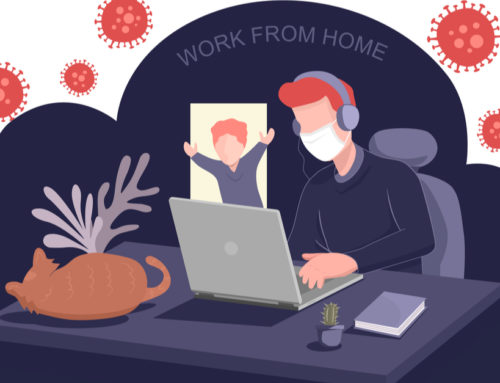By BTLawyers
Long gone are the days when workers wore sneakers and singlets to work sites, hard hats were optional, and workers could be left in charge of machinery without thorough safety training. Instead you’ll now be hard-pressed to find a business or employer that doesn’t have a ‘zero harm’ style safety program in place.
While these programs have been essential in reducing the rate of incidents and accidents in the workplace, they are also critical in forming the foundation of the safety culture in each business where they exist – that is, the attitude, beliefs, perceptions and values that employees share in relation to safety in the workplace – or, ‘the way we do things around here’.
As an employer, developing a positive safety culture is critical, not only for the health and well being of your staff but also for your business in the event of a common law claim. If you are on the receiving end of a claim or repeat common law claims, many factors about your safety culture could be taken into consideration by the Court.
The 5 factors that could impact a common law claim
- Communication between the employer and the injured worker is vital in the early stages of an injury. This often helps them maintain a good working relationship and promote engagement in Return to Work (RTW) programs.
- Demonstrating empathy and showing you genuinely care for the staff member and their recovery is important. An injured worker can perceive a passive employer to be uncaring, which often forces them into the arms of plaintiff firms.
- If you are assessed to have a culture that does not advocate and support reporting of workplace hazards and injuries, you might be deemed to have a poor safety culture. Not only will this not be looked upon unfavourably, but it can be a breeding ground for claims relating to issues the employer may not have been aware of.
- Poor engagement in RTW programs often has an adverse effect on damages. The biggest component of any damages award relates to economic loss. If a worker fails to return to work after an injury, their award for economic loss can increase significantly to compensate them for their lost wages and any lost opportunities due to the injury. So it is critical to try to promote engagement in RTW outcomes to help support injured workers to stay at work not only for their long-term benefit but to also assist in limiting any potential damages.
- How well your business documents incidents and accidents. Documentation such as incident reports, training records, systems of work and risk assessments, are essential when lawyers are trying to prove an employer’s safety culture. Make sure you have a process and system in place for capturing and storing this information, and that the system of reporting is widely communicated and available to all staff.
How do you assess your safety culture?
There are several indicators which employers should consider as being indicators of poor safety culture:
- Increased incident/ near miss reporting;
- Increased history of statutory and common law claims;
- Poor engagement in safety training or safety initiatives;
- Increased absenteeism specific to a role or task.
The most effective way of improving your safety culture is firstly to identify the issues.
Once you have identified these issues you should undertake discussions with the workers most at risk by the issues so that you can develop collaborative and practical solutions. Developing solutions may require external assistance through an Occupational Physician or Ergonomic expert. This is an investment which will pay for itself if the goal is to restrict injuries in the workplace through improving safety.
What can you do to improve your safety culture?
In March I was invited by WorkCover Queensland to present as part of a panel at their Retail and Wholesale forum on the topic of ‘Culture Eats Strategy – the benefits of good safety culture in the workplace.’ Other panel members included Dr Tristan Casey – Workplace Health and Safety, John Leigh – IPAM, Scott Mulholland and Tim Whitlam – PFD Foods and Dr Sid O’Toole, Occupational Physician.
The key themes I took away from the panel about improving your safety culture were:
- Facilitate regular safety discussions: Good safety culture comes from a positive discussion about safety which involves all the levels of employment within a business.
- Take visible action: If a problem is raised, a response is required. Nothing dilutes the importance of a safety culture faster than inaction, or action being taken but not communicated to staff.
- Engagement at all levels: Safety is a business wide issue, so your safety initiatives and communications should not be restricted to only certain people and groups. A great safety culture needs buy-in from the entire organisation.
- Consistency and discipline: Old habits die hard but good habits can be more rewarding. Make sure you have a program in place to reward good practices and provide correction of poor practices.
- Measurement: A big feature of the discussion included discussions around ‘de-criminalising’ the reporting of accidents/near misses and hazards, and the importance of documentation of poor safety practices. PFD Foods gave a great example of an innovative method they have adopted to improve the reporting of incidents by launching a competition within their business centres that rewards proactive hazard reporting.
- Practicality: Improving a task or safety does not always require you to reinvent the wheel. If you want to encourage compliance, make sure any changes you make are practical.
When measures like these have been implemented in the workplace they set a benchmark upon which all future performance is measured by. They need to be consistently followed and enforced if they are to retain any kind of importance in the workplace to ensure the safety of both employer and employees.






